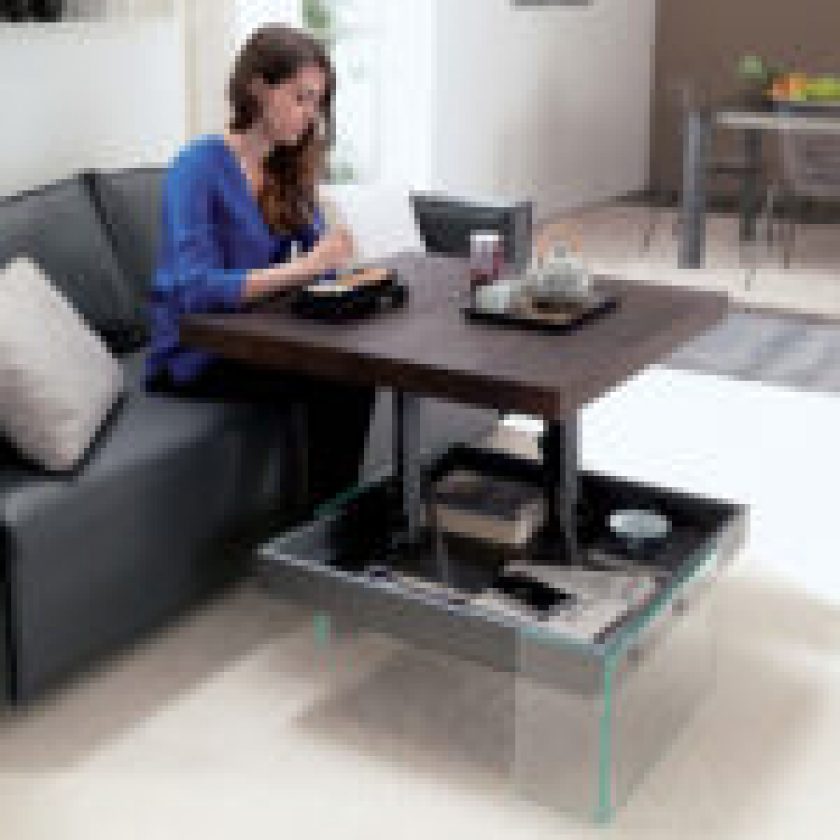Chlorine is an essential part of pool cleanliness. The one thing most associated with a pool experience is the smell of chlorine, not just in the immediate environs but on the body and your clothes too! While it is widely accepted that encountering and making do with the effects of chlorine, if any, is simply part and parcel of pool ownership or time spent in the pool, having to deal with more than is advisable is never ideal.
How Much Chlorine, then, is Acceptable?
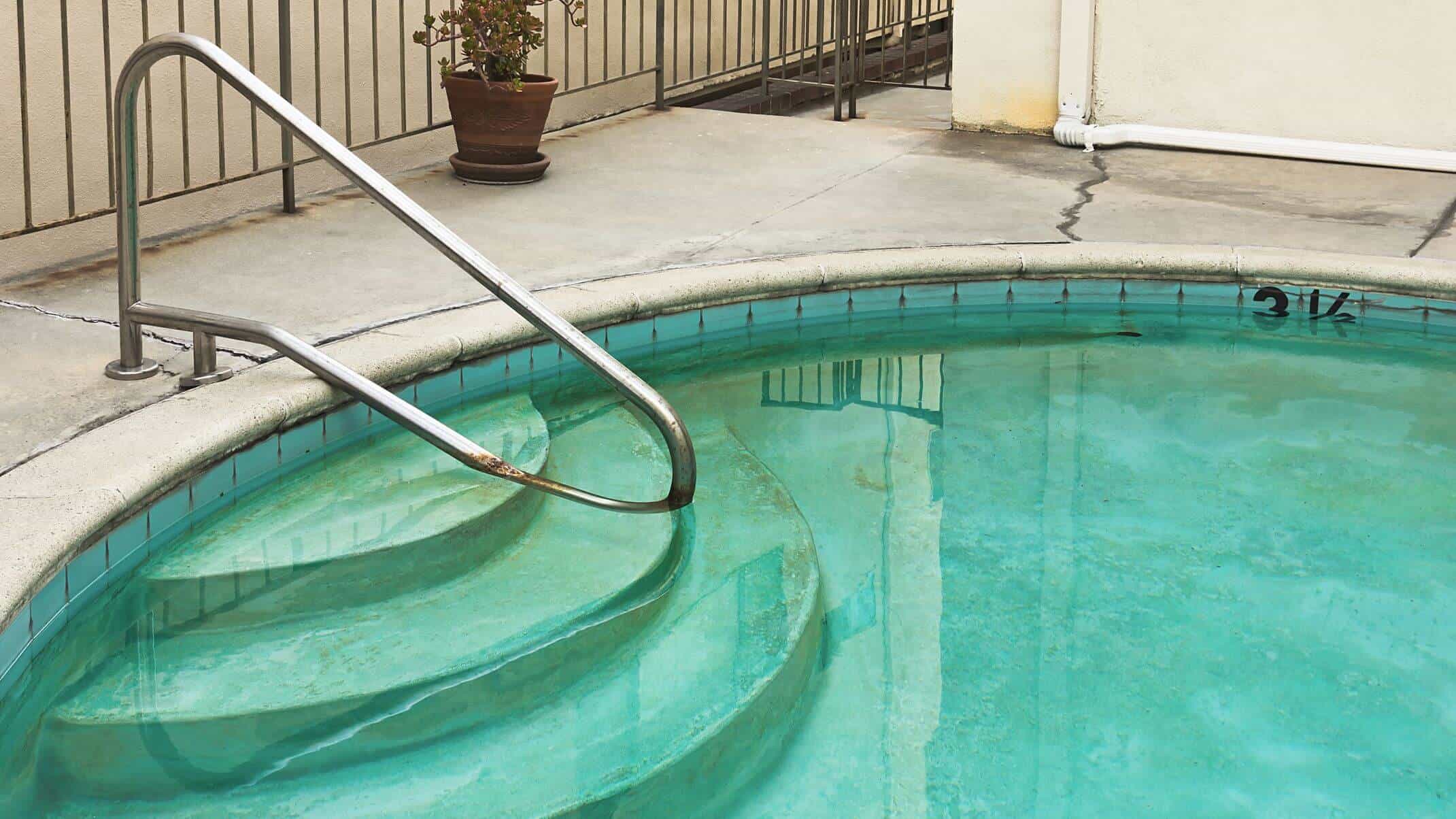
source: liveabout.com
It is advised that chlorine ratios in pool water should not exceed one to three parts per million. Any higher brings about unsafe pool conditions where red eyes and itchy, irritated skin is commonly observed.
However, others prefer to keep chlorine levels to a minimum to avoid undue exposure as much as they can. In these instances, keeping your pool clean without using a lot of chlorine boils down to natural products that can have some good long-term effects on the skin. The use of everyday items such as salt or more bespoke solutions such as UV radiation can minimize chlorine exposure.
Salt
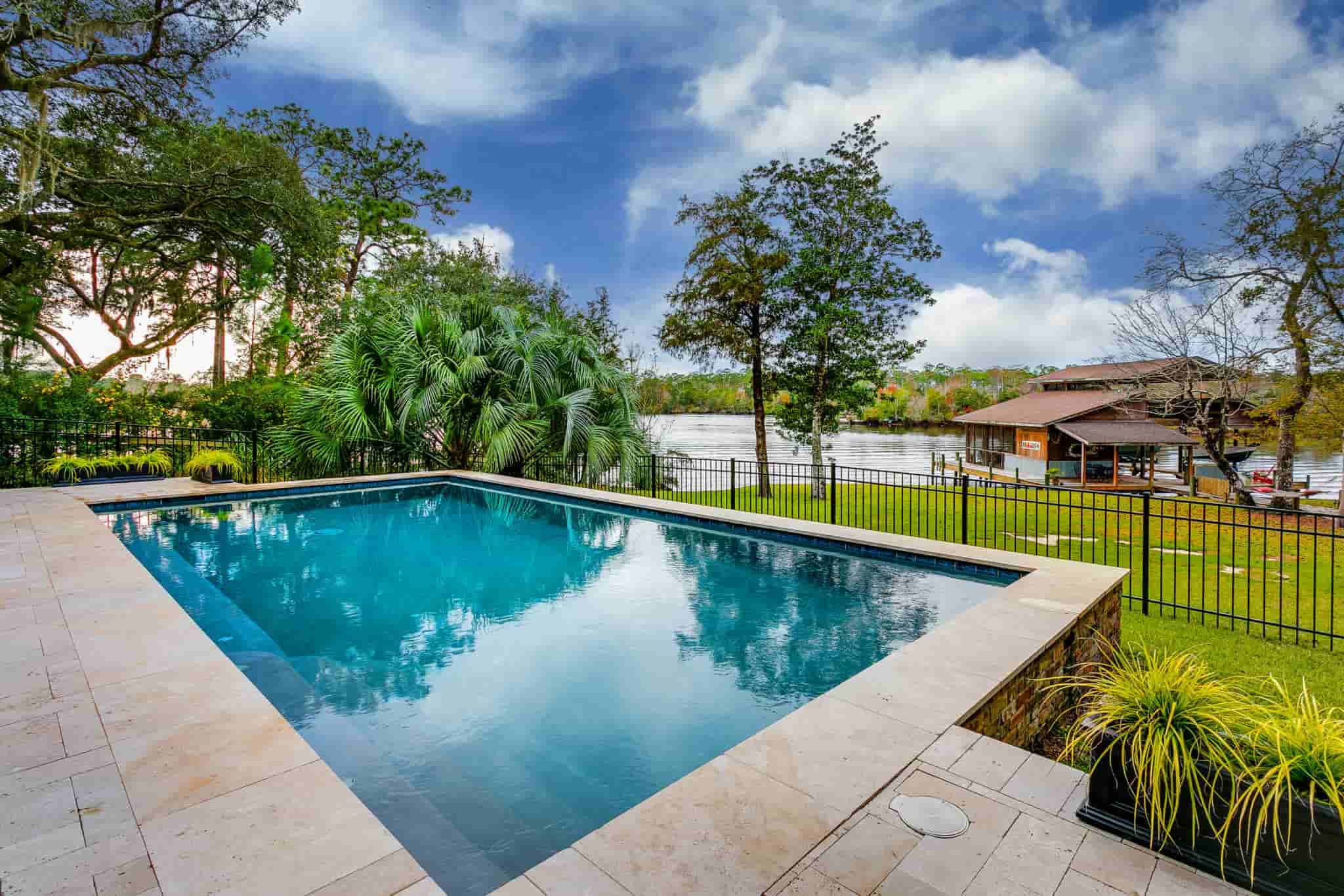
source: premierpoolsandspas.com
While using salt still relies on chlorine in some form, it manages to make do with a milder concentration that is much kinder to the skin while remaining just as effective on dirt and germs.
Using salt in pool cleaning involves saltwater sanitizers that transform regular table salt to chlorine gas that acts as a sanitizer. This is done through electrolysis of the salt as it passes through the system. This process regenerates, meaning that the salt converts to chlorine and back over and over again.
Ozone
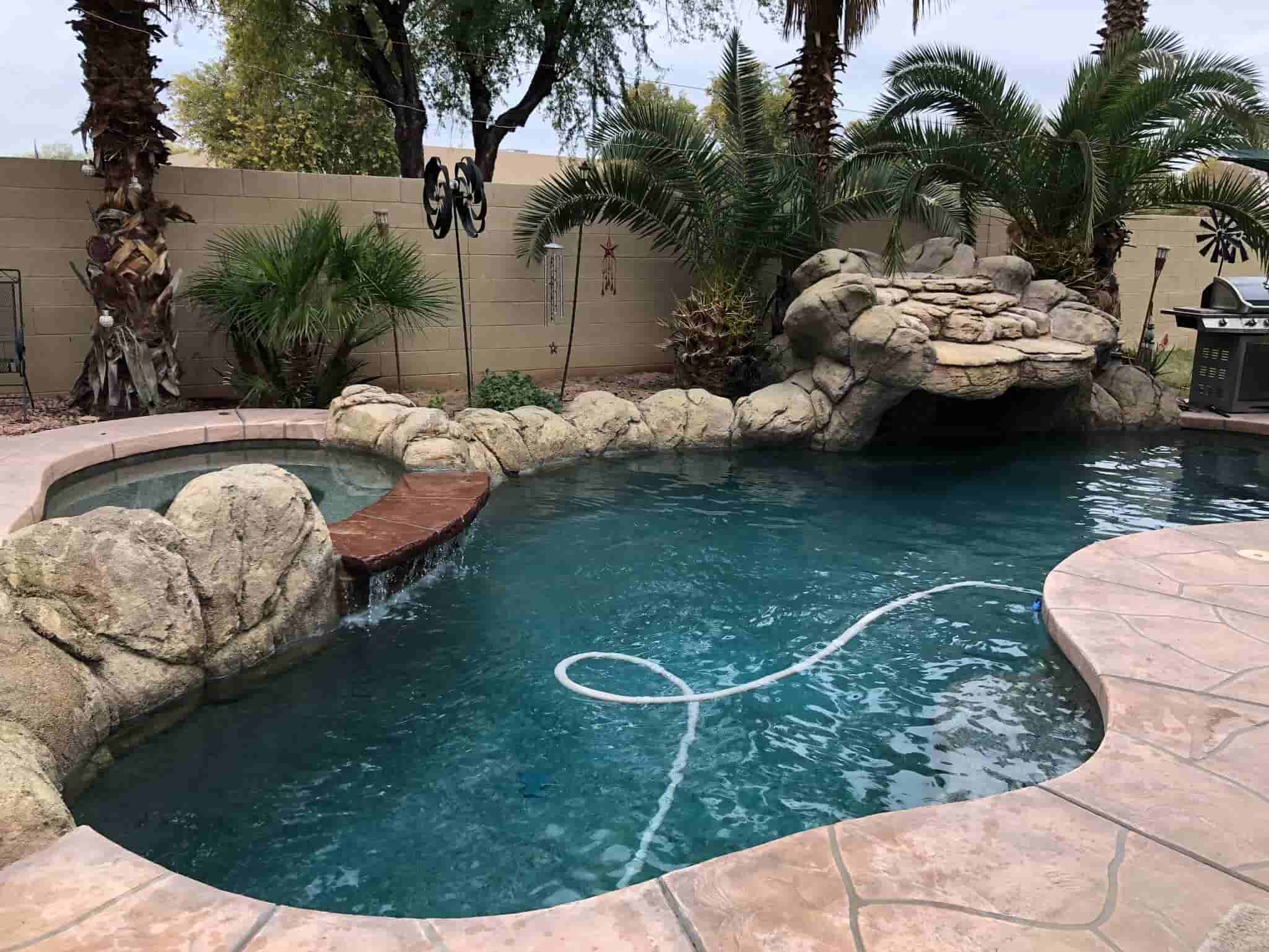
source: phbalancedpool.com
Ozone is a powerful yet naturally occurring destroyer. Ozone very effectively kills microorganisms and even prevents the formation of deposits in pipes.
This method requires an ozone generator comprised of an ultraviolet (UV) bulb or a corona discharger. The purpose of either of these is to add the third molecule to regular oxygen (O2) to create ozone (O3). Hence why ozone is also referred to as ‘triatomic oxygen’. The main advantage of this system is that once the cycle is finished, the ozone becomes oxygen again, and no harmful by-products are produced. However, the main drawback is that this conversion back to oxygen happens rather quickly within an hour of the formation of O3; therefore, you may have to consider the use of supplemental cleaning to certify the continual efficacy of this option.
Ultraviolet (UV) Light
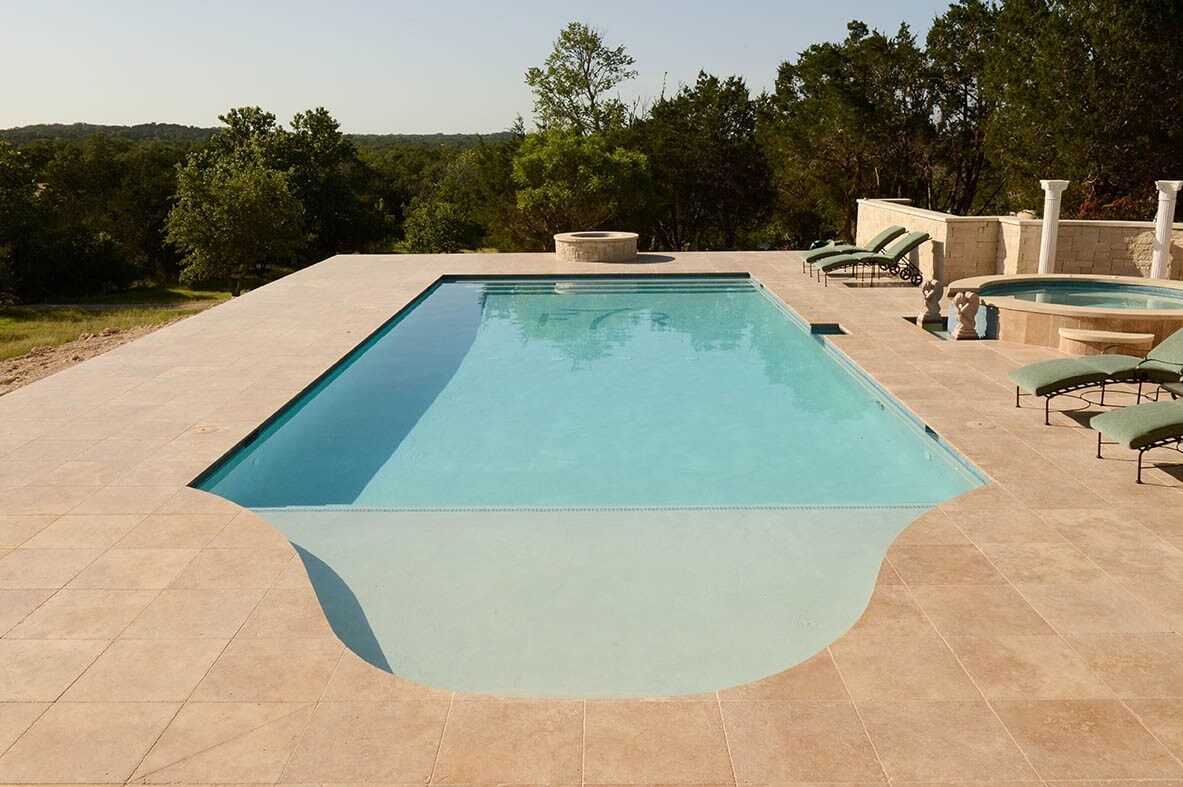
source: pentair.com
The use of UV light is the most robust standalone method of pool cleaning. In this case, the UV light acts as a disruptor. It compromises the DNA of microorganisms that are found in the water, rendering them inactive. UV light has also been shown to kill such pathogens as Cryptosporidium, E.Coli, Cyclospora, and Giardia resistant to chlorine.
The UV light system is based on bulbs’ placement in an enclosed chamber installed in the pool system. The water is then passed through this chamber where the UV light kills the microorganisms, and then the water flows out, mixing with the rest of the water and resulting in a clean pool.
The use of chlorine is not the only option to attaining a clean and fresh pool. These natural alternatives provide the chance to have the best of both worlds.

